Table of Contents[Hide][Show]
One of my favorite memories growing up was attending the family reunion at my aunt’s house. She had a humongous weeping willow in her back yard under which all the relatives would gather to eat good food, talk, laugh, and tell old stories.
Turns out that willows give us a lot more than good memories. The bark of these trees, particularly, has been used for centuries.
Recent studies have shown us something even more remarkable—white willow bark has many benefits that can actually help the appearance of skin look smoother, firmer, and younger.
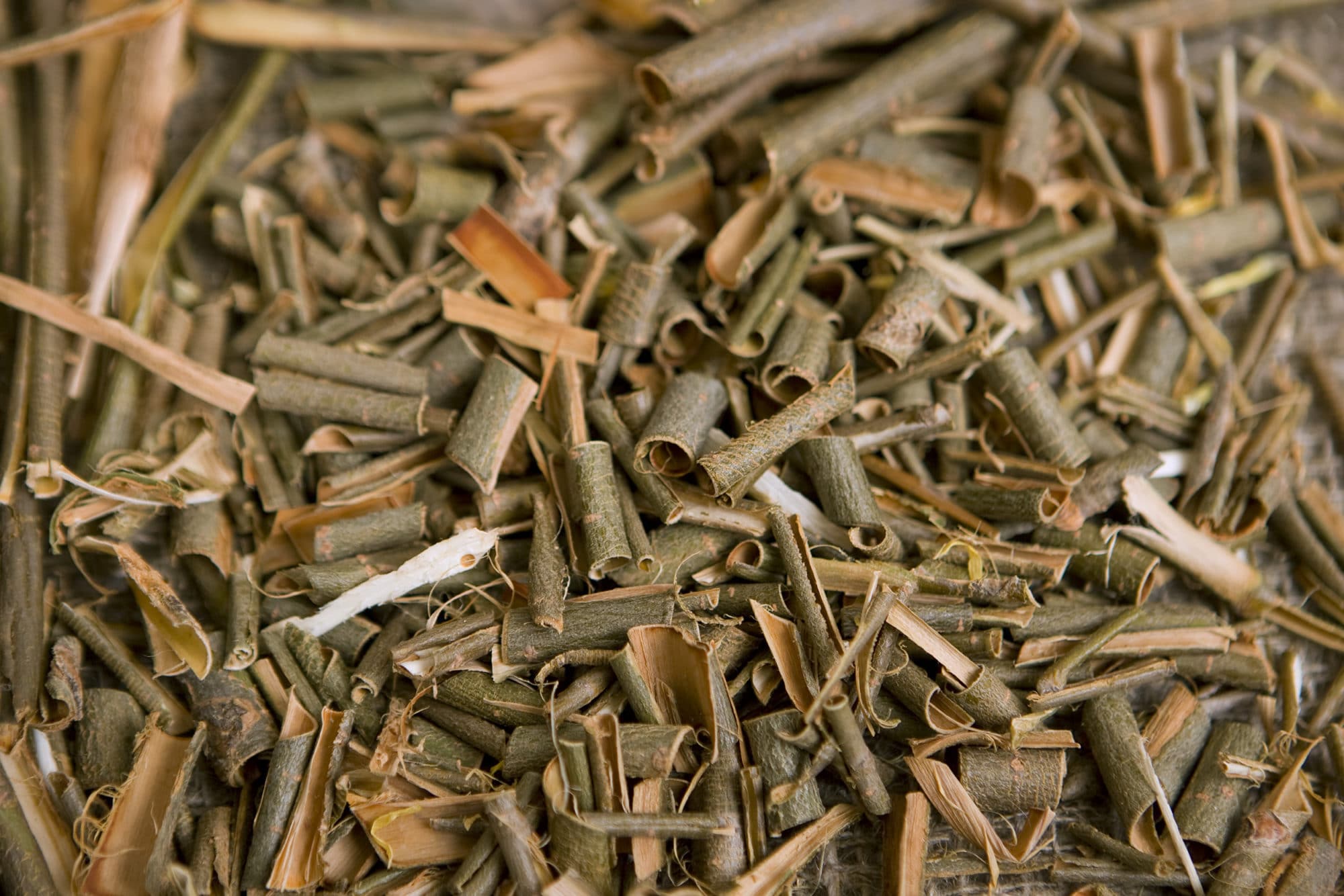
What is White Willow Bark?
Though there are a number of varieties of willow, the type used in skin care is usually derived from white willow trees (Salix alba). They typically grow from 30 to 100 feet tall, and have pale-colored, hairy leaves. They are fast growing, but fragile, and often vulnerable to diseases, insects, and fungi.
What is White Willow Bark Good for?
Their broad, round-topped crown makes them attractive yard trees, but they’re also effective as farmstead windbreaks and wildlife shelters.
The bark of the willow trees used to be used for artificial limbs, because it is lightweight and doesn’t splinter easily. It is still used to make boxes and crates, table tops, wooden novelties, and pulp. It’s been most prized, however, because it is a natural source of salicylic acid.
The Discovery of Salicin
It was in the early 1800s that Italian pharmacists first isolated and identified salicin from white willow bark extract. Hippocrates, ancient Egyptians, and Native Americans were all known to have chewed on the bark and leaves, brewed willow bark tea, and used it in warm baths to help ease aches.
White Willow Bark Benefits for SkinCare
How can this herb benefit the skin? You may be surprised!
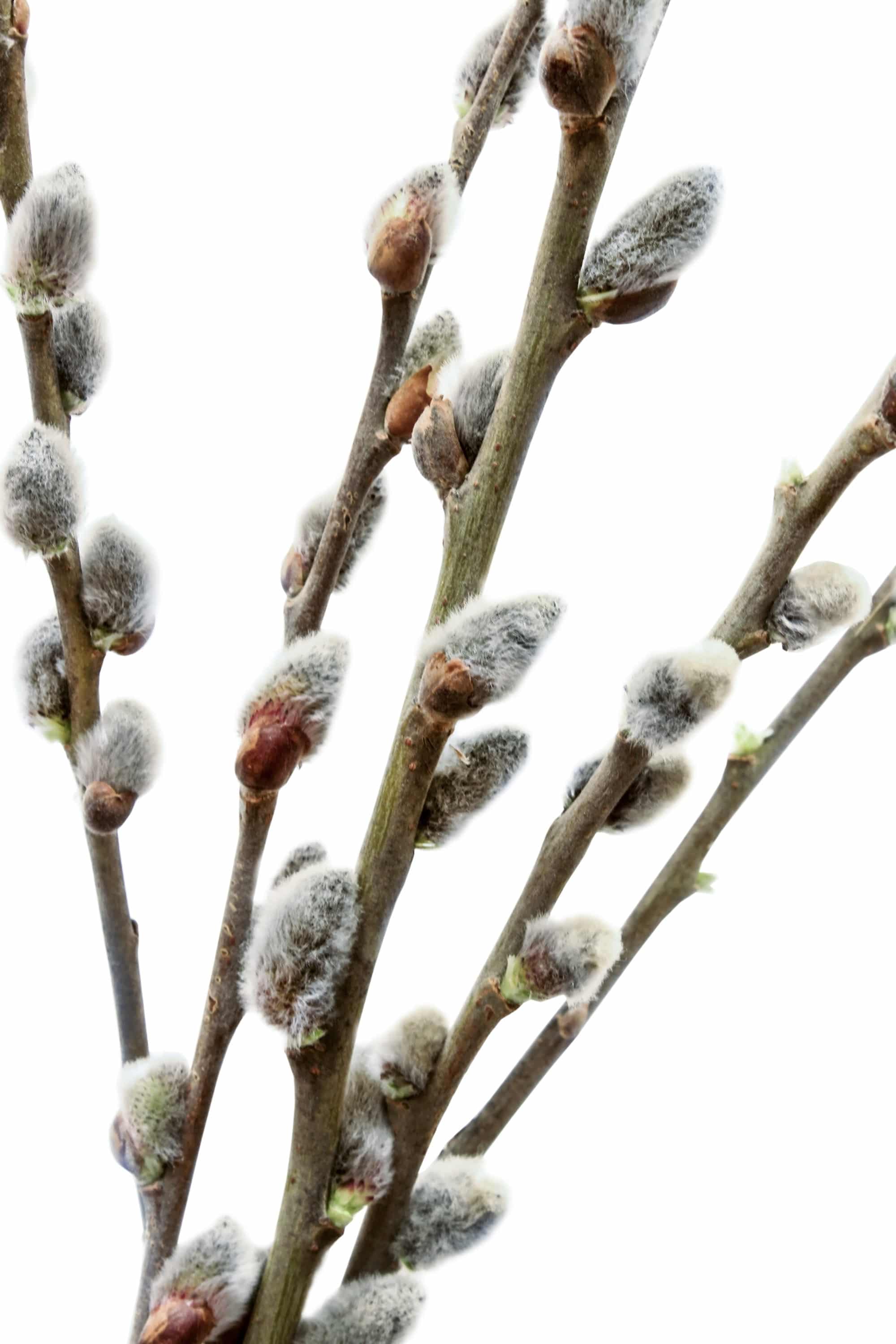
Willow Bark Anti-Aging
A 2010 study reported that salicin can help reduce the appearance of skin aging. Researchers applied a serum product containing 0.5 percent salicin on the faces of women aged 35 to 70, every day for 12 weeks. Results showed improvements in the appearance of wrinkles, pore size, radiance, and overall appearance after only one week.
This is a preliminary study and we need more research to learn more about how salicin may affect the skin, but signs are extremely positive so far. In the meantime, we already know that willow bark extract provides a number of other skin benefits:
Willow Bark Facial Cleanser for Oily Skin
Willow bark extract naturally exfoliates skin and clears pores to give skin a clearer, healthier appearance.
Smooths the Appearance of Fine Lines and Wrinkles
The same exfoliating action that reduces clogged pores also helps smooth the look of fine lines and wrinkles. Willow bark is a source of natural hydroxy acids that gently exfoliate. The result is smoother, softer skin.
Rich Antioxidants
Like most plant extracts, willow bark contains flavonoids and tannins—powerful antioxidants that help protect skin from environmental stressors.
Find It In Our Product Line!
You can find willow bark extract in our Herbal Facial Oil for Oily Skin. Makes sense, right? Try it and let us know if you notice less clogged pores and smoother, younger-looking skin.
You can also find it in our Rosemary Toning Mist and Charcoal Cacao Mask, the perfect, invigorating and cleansing toner in our purified line for oily skin.
Sources:
J. A. Pitcher and JU.S. McKnight, “Black Willow,” Northeastern Area State and Private Forestry, http://www.na.fs.fed.us/pubs/silvics_manual/volume_2/salix/nigra.htm.
Gopaul R., et al., “An evaluation of the effect of a topical product containing salicin on the visible signs of human skin aging,” J Cosmet Dermatol., September 2010; 9(3):196-210, http://www.ncbi.nlm.nih.gov/pubmed/20883292.
R. Gopaul, et al., “Salicin regulates the expression of functional ‘youth gene clusters’ to reflect a more youthful gene expression profile,” International Journal of Cosmetic Science, October 2011; 33(5):416-420, http://onlinelibrary.wiley.com/doi/10.1111/j.1468-2494.2011.00645.x/abstract.
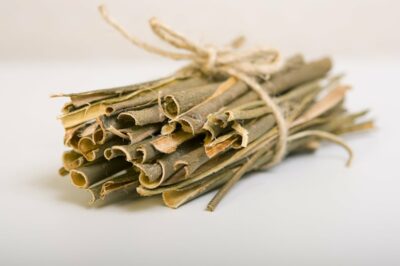

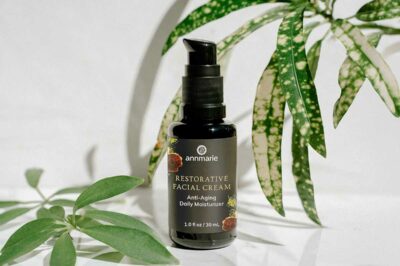


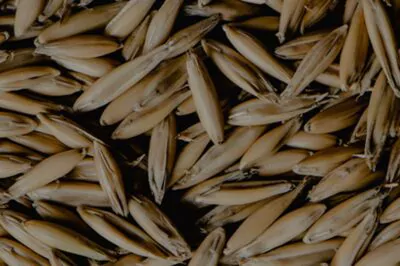
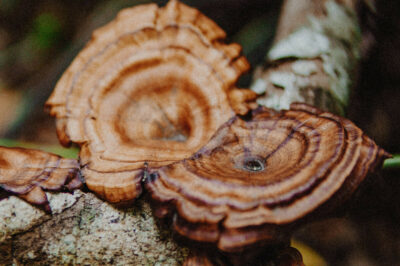
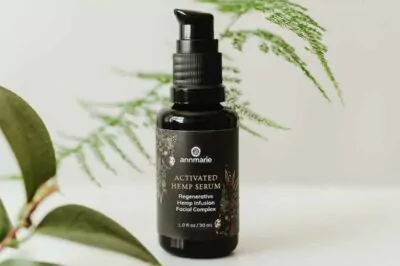
White willow bark used in anti fungal ?
I’m intrigued by this natural source of salicylic acid. Can you tell me where you like to source it from and some advice on incorporating it into my face serum or other skin care products. Also, if you have any thoughts on other skin care acids such as lactic or glycolic? I already used a whole milk powder in my face scrub for the lactic acid but I’d love input from someone with more experience.
Regards,
Vanessa Maykish
SpaNaturals by Ness
Hi Vanessa,
As with all of our ingredients, we either wildcraft the bark from the branches of a willow tree or we source the bark from a trusted herb company like Mountain Rose Herbs.
Since you’re working with the bark, it’s a bit more difficult to infuse that a softer form of a plant, so you will need to keep it on a low heat. We infuse our products for up to a month at a steady 90 degrees.
We don’t make acid peels because doing it with just the right amount of acid and getting the ingredients to be perfect is a very complex process and our goal is to keep our skin care as straightforward as possible. That doesn’t mean that we don’t love peels and natural acids though! Our suggestion is just to make sure that you’re not adding too much.
Willow bark and lemon cleanser have helped IMMENSELY to keep my adult acne at bay! I have suffered large, clogged pores since I was 13 and now I’m 48, it’s a daily battle!????